We’re halfway through January and Xiaomi has announced its mid-range offerings in both the Redmi and POCO sub-brands. Among the many phones that were announced by both sub-brands, a lot of users are torn between the POCO X6 Pro and the Redmi Note 13 Pro+. Both phones are the top-tier models in Xiaomi’s mid-range category and aim to target different markets.
READ MORE:
–Redmi Note 13 Pro+ Review: Great Phone That Needs Better Software
–Review: The POCO X6 Pro 5G is a Performance Beast
Having reviewed both the POCO X6 Pro and Redmi Note 13 Pro+, we can now best explain the differences and their respective pros and cons. Not sure which Xiaomi phone suits you best? This article should help you understand which one is right for you.
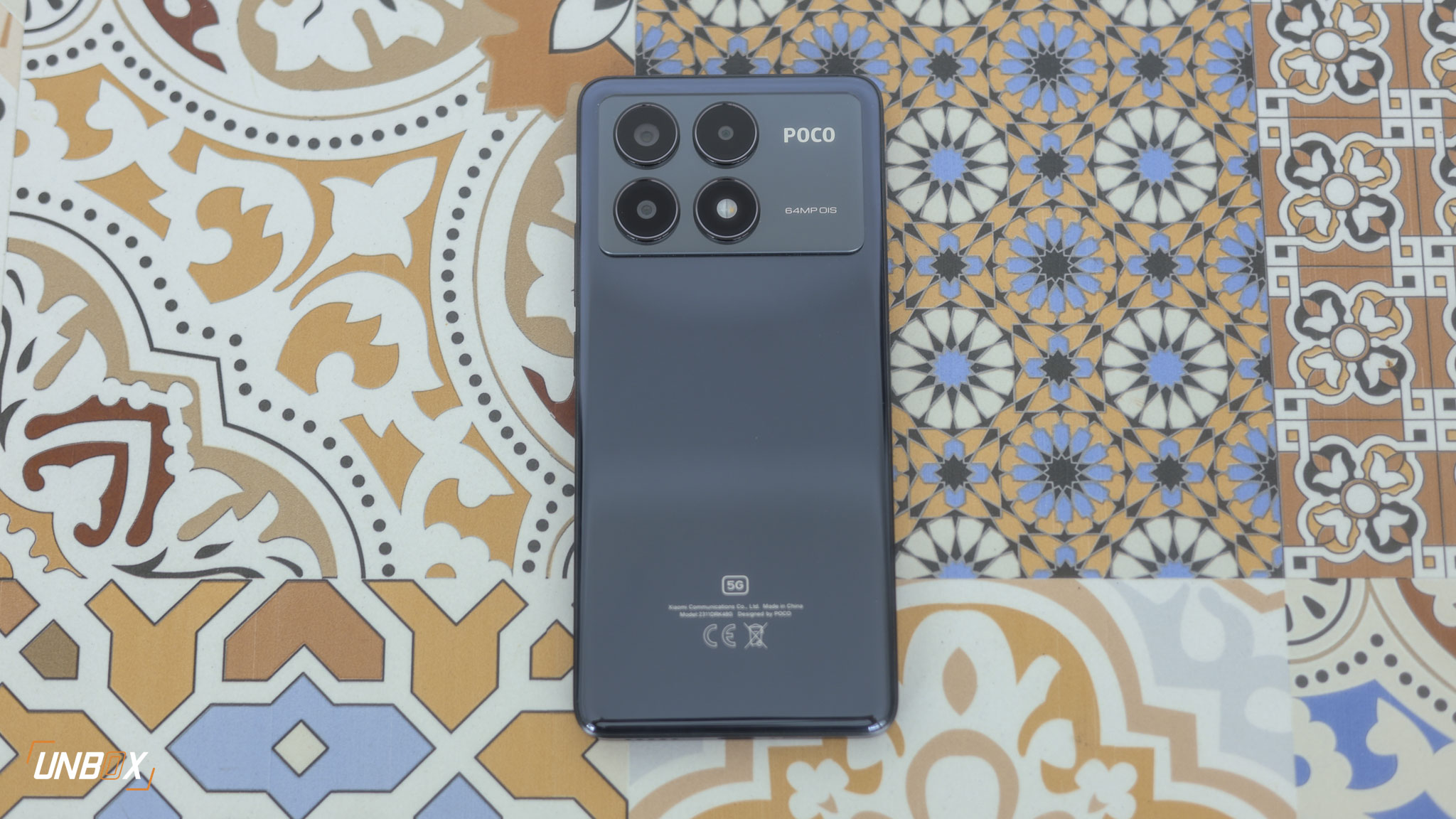
Design
One of the reasons why the Redmi Note 13 Pro+ commands a higher price tag is its overall build: aside from a glass back, you also get an aluminum frame for its premium build. Even if the POCO X6 Pro goes for a plastic frame and back panel, the build quality remains solid–it’s just that the X6 Pro focuses on other things instead.
Despite their stark differences when it comes to overall build, both Xiaomi phones offer the same level of quality. They also have an option for a vegan leather back as well if you want something more fashionable and less boring than the usual glass or plastic.
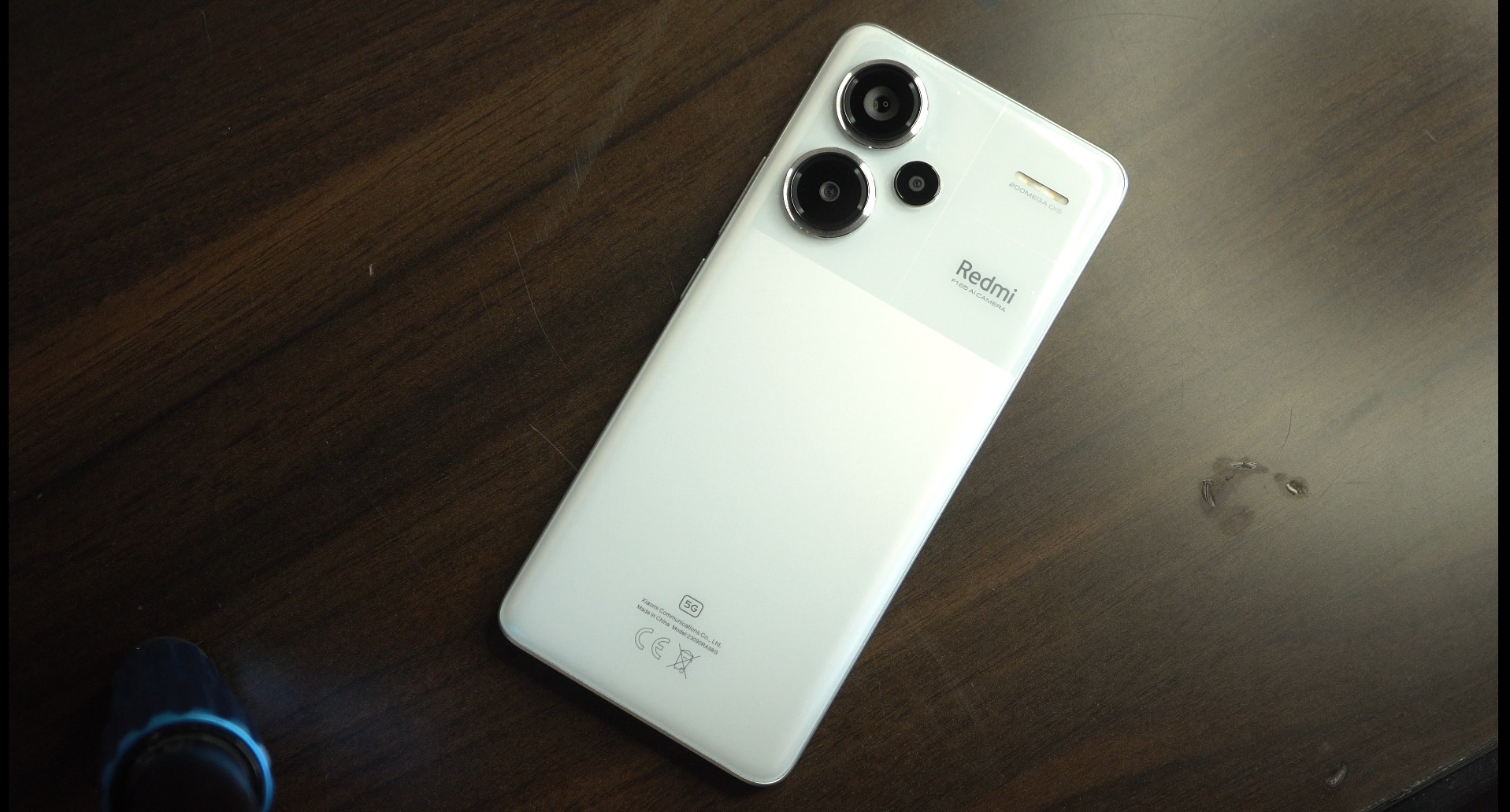
Another advantage of the Redmi Note 13 Pro+’s more premium build is its IP68 rating. This makes it more resistant to water splashes than the POCO X6 Pro’s IP54 rating.

Display
Both Xiaomi phones use a 120hz AMOLED display with a 1.5K resolution, but differ in design: the POCO X6 Pro goes for a flat panel, while the Redmi Note 13 Pro+ goes for a curved approach. While that may be a matter of preference, most users will prefer a flat panel: not only it is much easier to install screen protectors, but it is also less fragile when it comes to drops. Even if the Redmi Note 13 Pro+ is supposed to be more durable with the premium materials used, we quote Jerryrigeverything once again: “Glass is Glass, and Glass Breaks.”
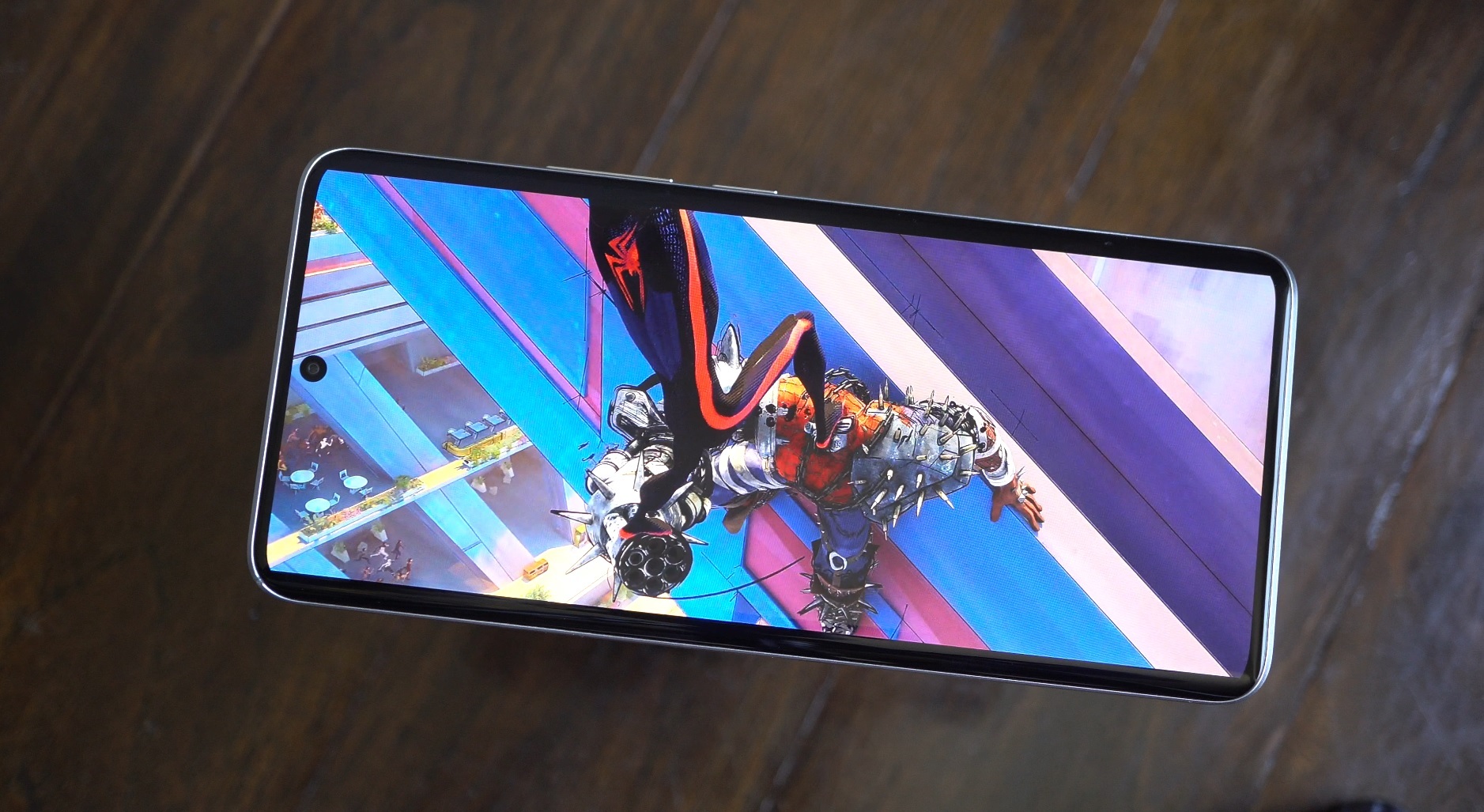
Despite the difference between curved and flat, both displays have a high brightness range that makes them suitable for outdoor use and support HDR content. You also get in-display fingerprint scanners on both Xiaomi phones, ensuring that they are indeed getting premium AMOLED displays.
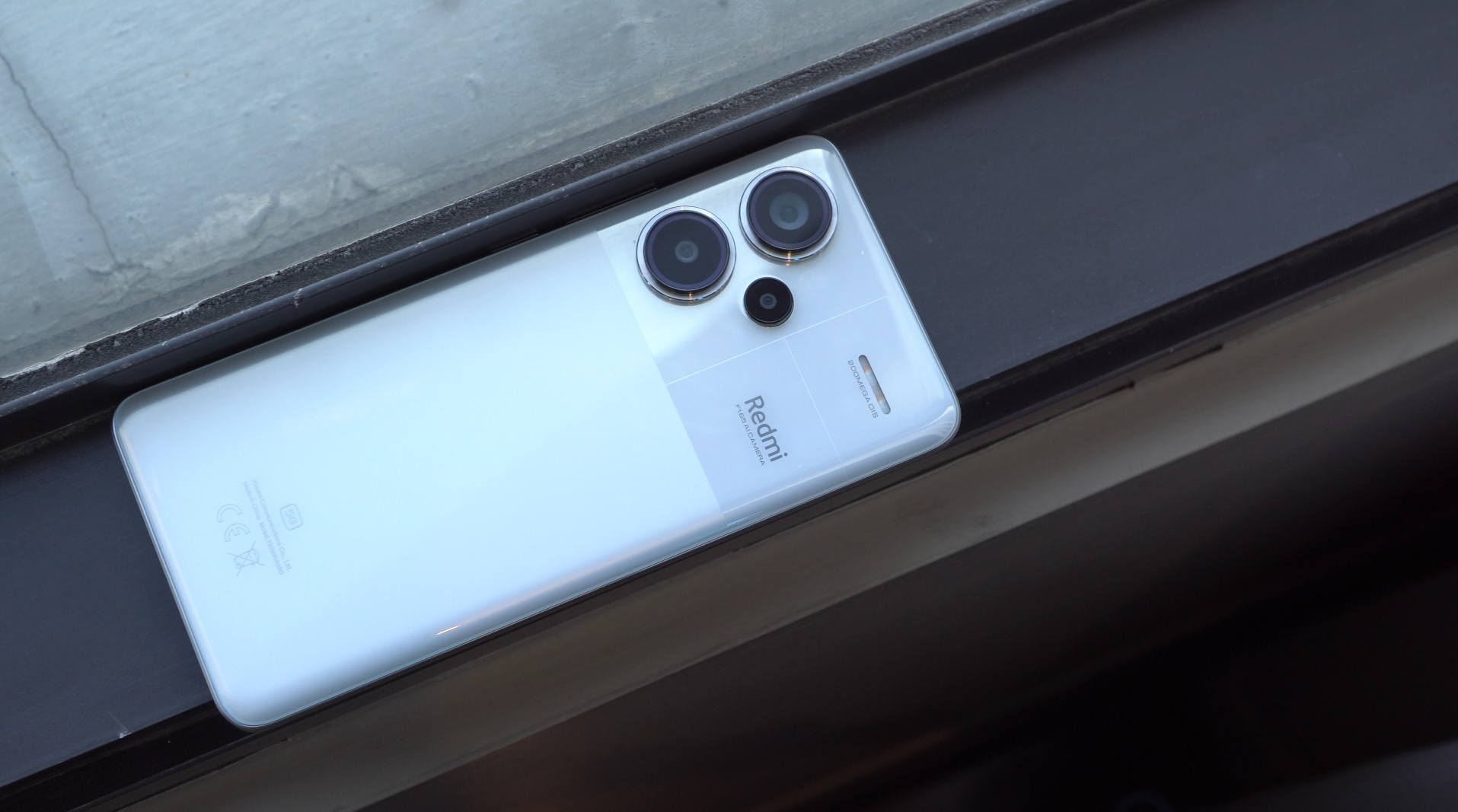
Cameras
While both Xiaomi phones come with OIS on the main camera, the Redmi Note 13 Pro+ has a clear advantage with its 200-megapixel ISOCELL HP3 sensor. Compared to its predecessor, which also had a 200-megapixel sensor, Xiaomi improved the software on the Redmi Note 13 Pro+ by allowing for a clean 4x in-sensor zoom that’s usable based on our tests.
As for the POCO X6 Pro, it borrows a familiar 64-megapixel OV64B sensor used on the F5 Pro. It’s still a decent sensor nonetheless, but it’s limited to 2x in-sensor zoom and lacks the added resolution power of what the Redmi Note 13 Pro+ has.
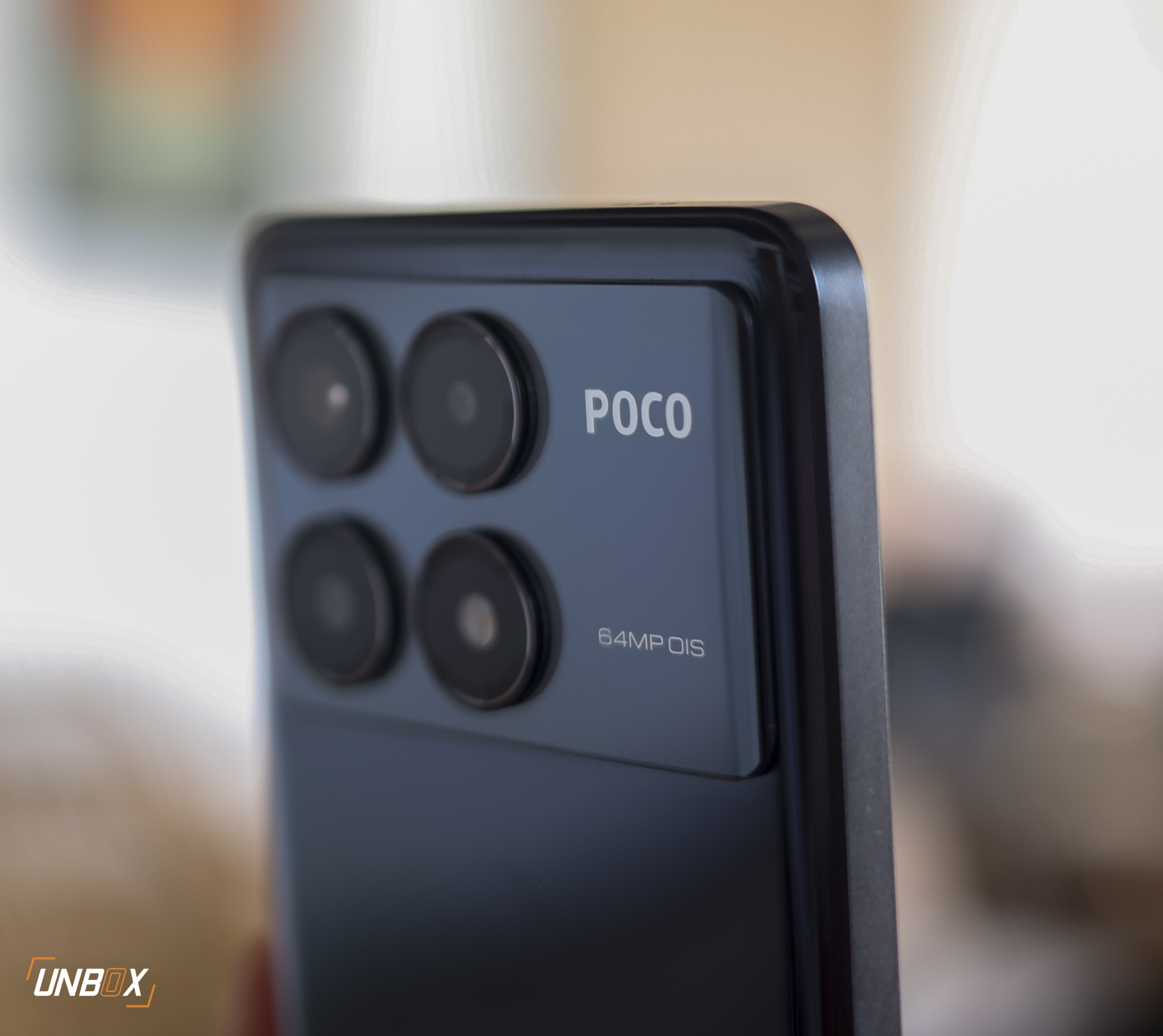
Despite the differences in the main camera, both phones are limited to 4K video recording at 30FPS. That’s strange for the X6 Pro since its processor can support 4K video at 60FPS, but POCO chose to not put heavy focus on camera performance. When it comes to image quality, the Redmi Note 13 Pro+ will give you better output because of its higher-resolution sensor. However, since both Xiaomi phones do have OIS, you can get decent 4K footage on the POCO X6 Pro.
Both Xiaomi phones also use the same 16-megapixel selfie shooter, and the same 8-megapixel ultra-wide and 2-megapixel macro cameras. The latter two are getting long in the tooth, as Xiaomi has been using this setup for its mid-range line for more than 3 years–and we wish they go for a different setup this 2024 by adding a more useful telephoto camera or a newer ultra-wide camera.
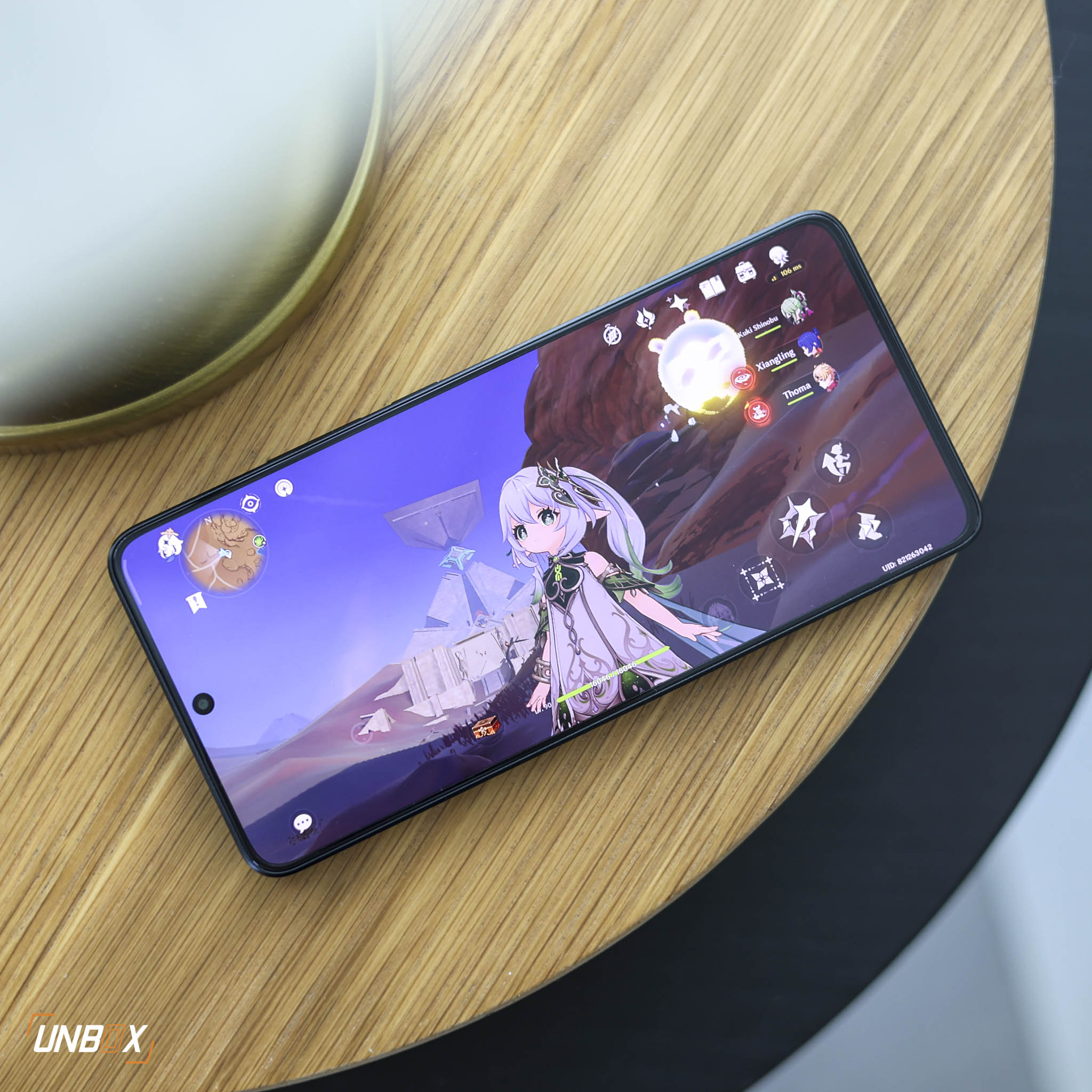
Internals
Both Xiaomi phones use the latest MediaTek processors: Dimensity 7200 for the Remdi Note 12 Pro+, and Dimensity 8300 for the POCO X6 Pro. The Dimensity 8300 is the more powerful chip, but our previous tests with the Dimensity 7200 show that it’s a pretty powerful chip–better than the Dimensity 1080 used on the Redmi Note 12 Pro+.
While both phones can be configured with up to 12GB RAM and 512GB storage, the POCO X6 Pro uses UFS 4.0 storage, which is faster than the UFS 3.1 storage used on the Redmi Note 13 Pro+. The same goes for RAM, where the POCO X6 Pro utilizes the faster LPDDR5X variety.
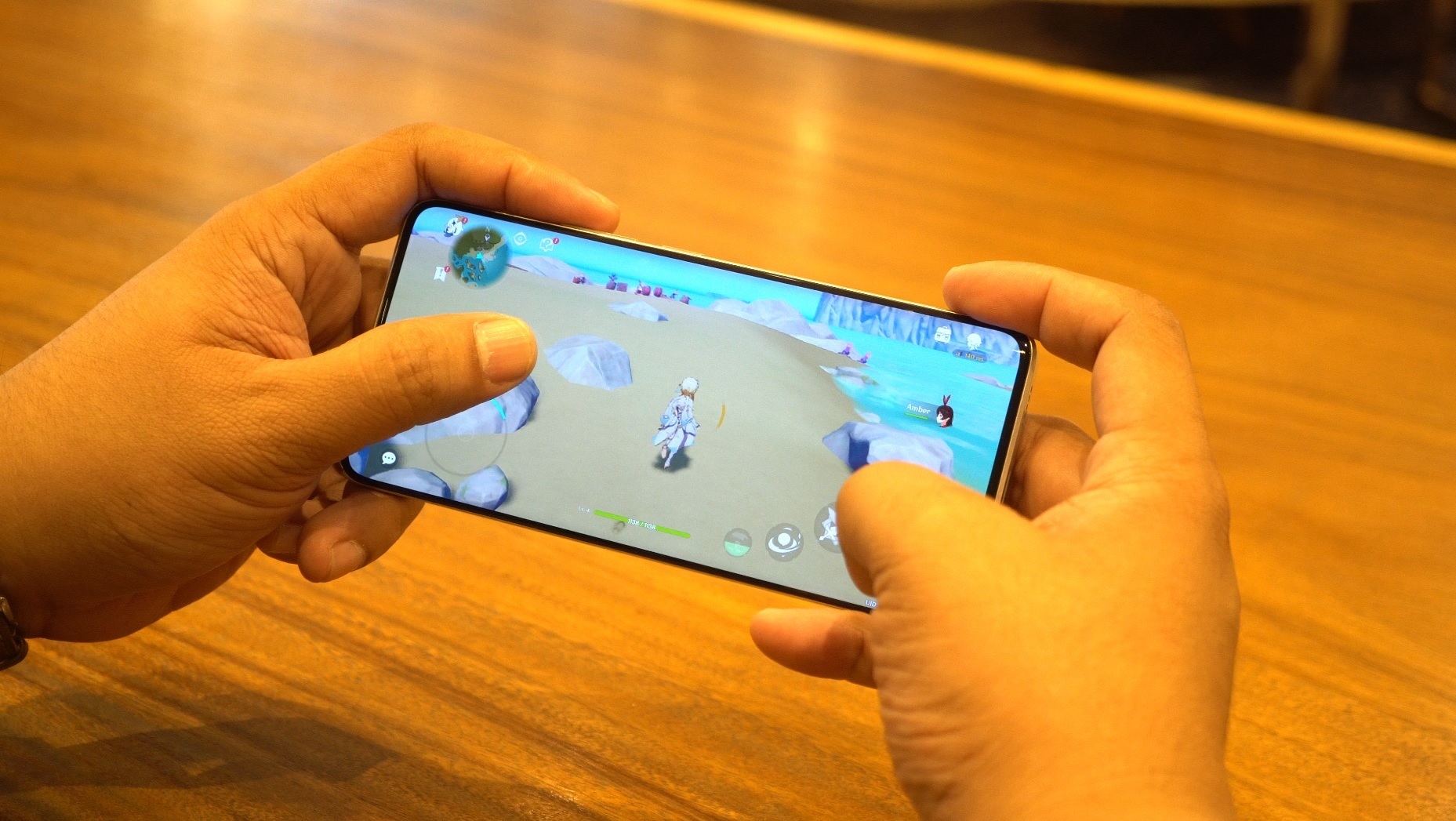
If the Redmi Note 13 Pro+ is more focused on a premium build and better main camera, the POCO X6 Pro on the other hand emphasizes raw performance, which is in line with POCO’s brand identity dating back to the days of the Pocophone F1.
Both phones come with a 5000mAh battery, though the Redmi Note 13 Pro+ gets you a faster 120w charging solution. The POCO X6 Pro still has fast charging speeds at 67w, and both phones have the required charger out of the box. The difference between 67w and 120w charging is around 20 minutes, and the added heat generated from 120w charging makes 67w charging more practical for everyday use–not to mention several gadgets support roughly the same charging speeds.
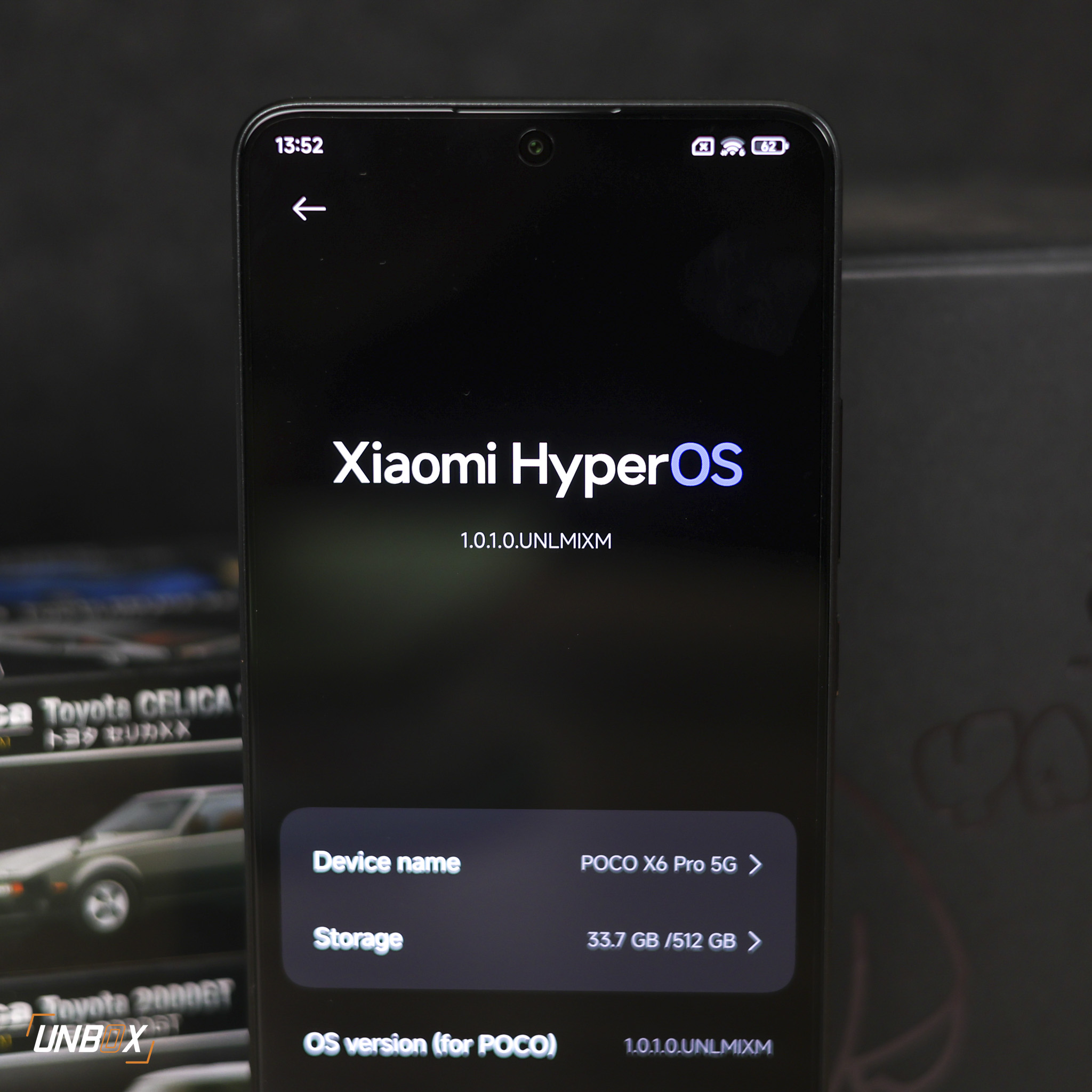
Software
Things are unusual when it comes to software: despite being more expensive, the Redmi Note 13 Pro+ ships with Android 13-based MIUI 14 out of the box, making the POCO X6 Pro slightly better with its use of Android 14-based HyperOS. We don’t know why the Redmi Note 13 Pro+ did not ship with HyperOS, so this is a rather unusual move for Xiaomi.
Regardless if it is HyperOS or MIUI, the differences between both Android UIs are barely noticeable–and both have the problem with the amount of bloatware that’s preinstalled out of the box. While most of them are uninstallable, both UIs have this annoying aspect where ads pop up occasionally. We have been complaining about this in all Xiaomi phones, and we just really wish they listened to its users to stop bombarding them with useless bloatware apps and ads.
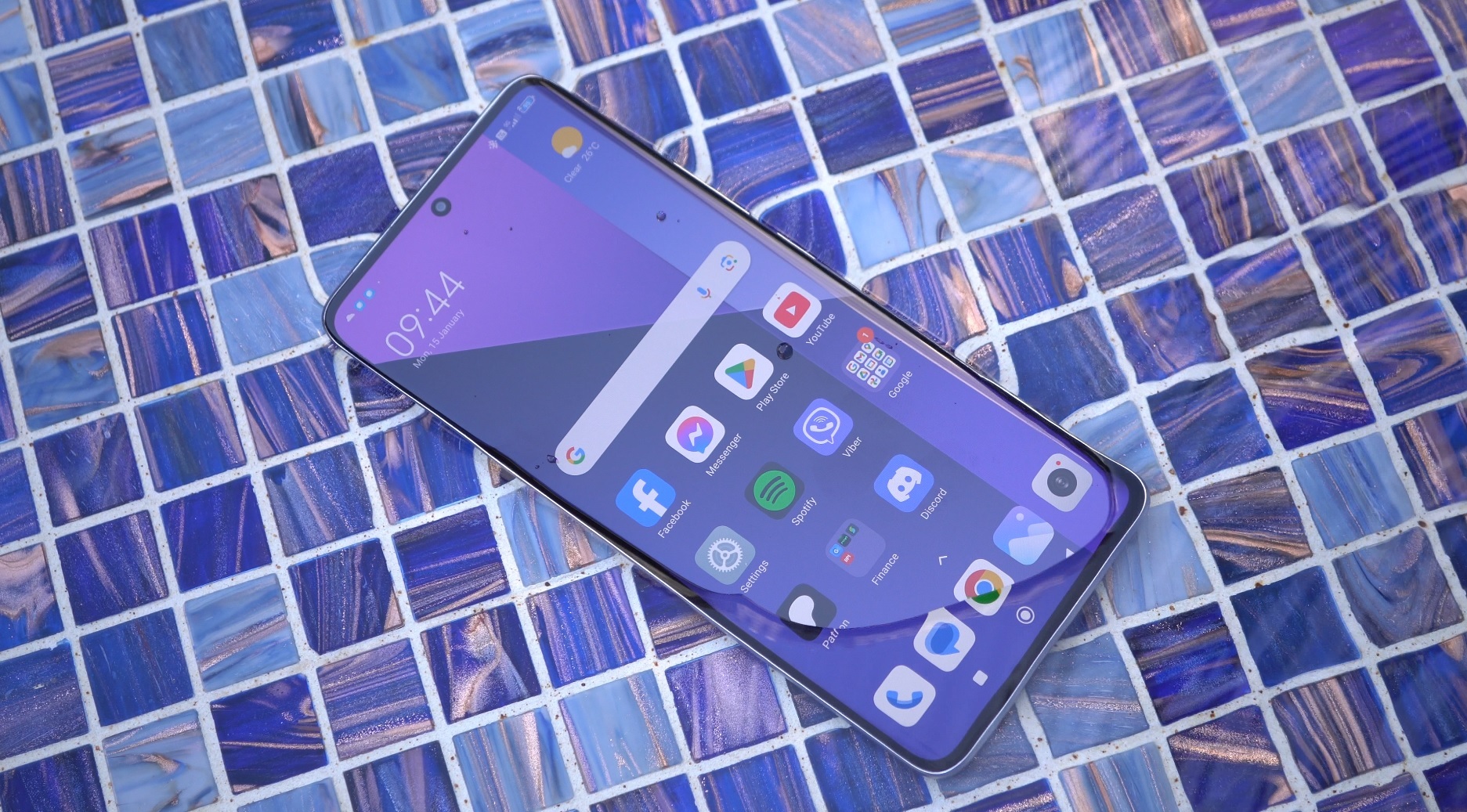
Which phone to get then?
After reviewing both phones, it boils down to what you are your needs: if you’re after pure performance and want to do serious gaming on a budget, the POCO X6 Pro is the one for you. However, if you are after a flagship killer with a high-resolution camera and a premium build, then you go for the Redmi Note 13 Pro+.


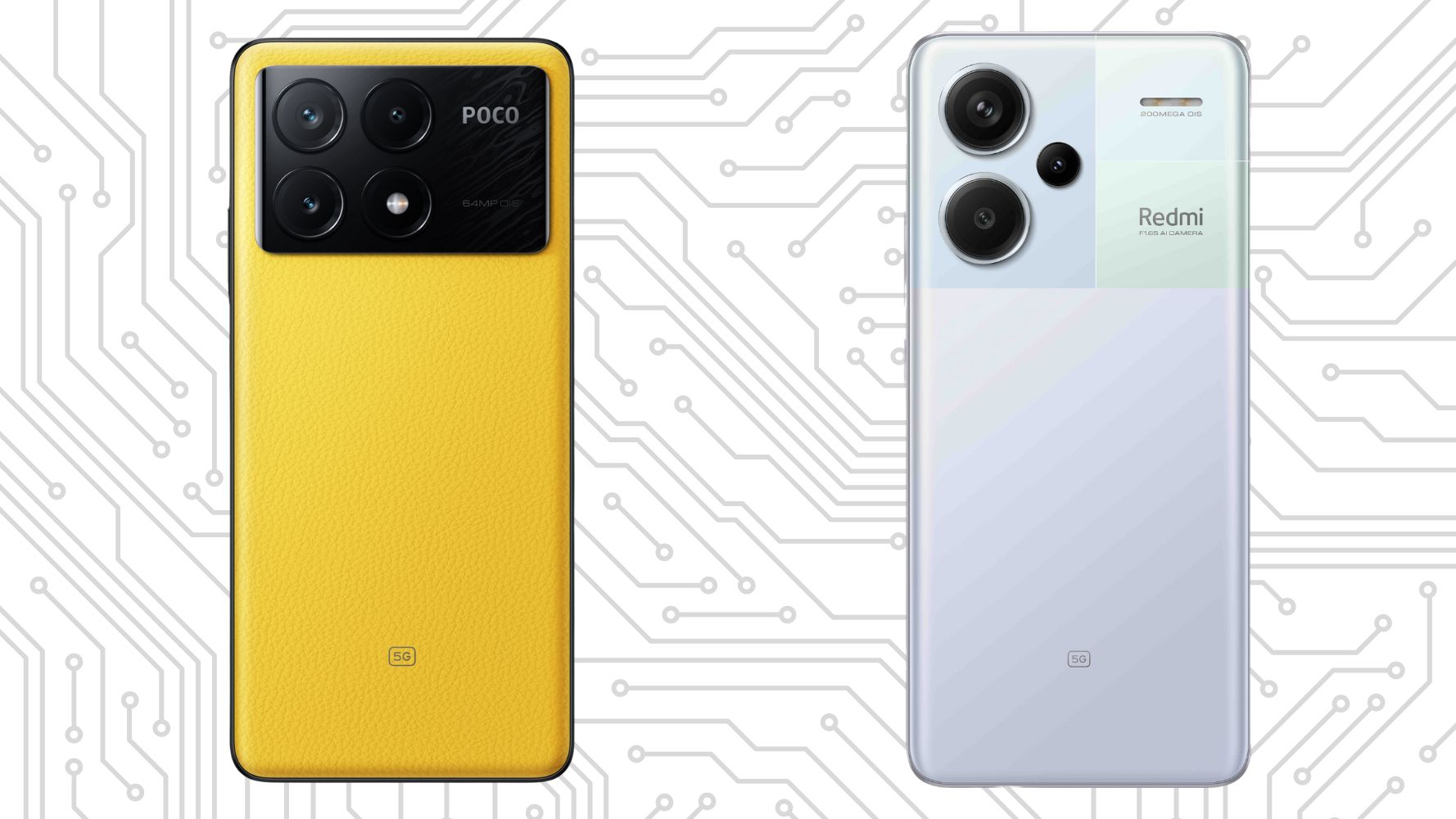
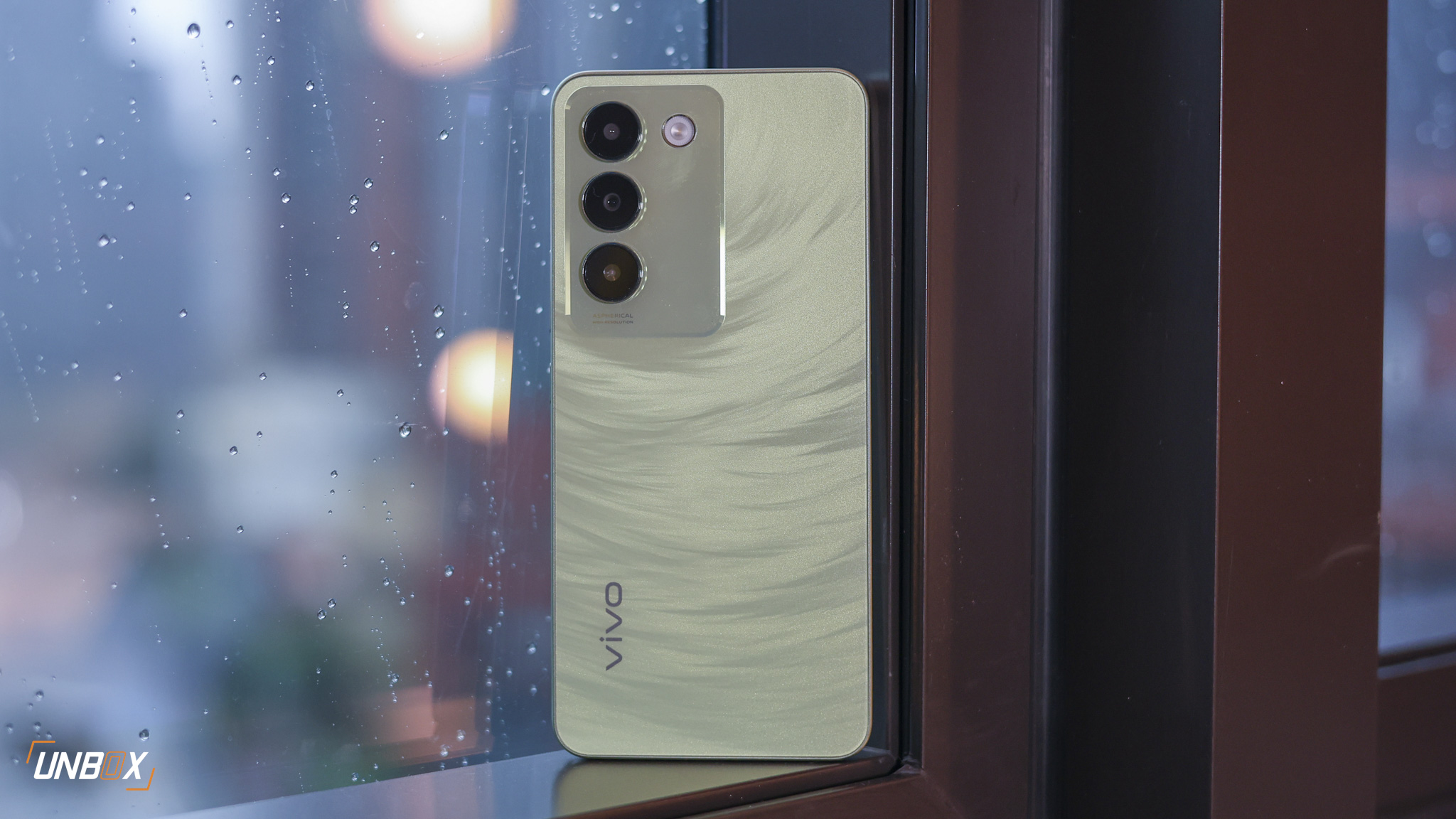
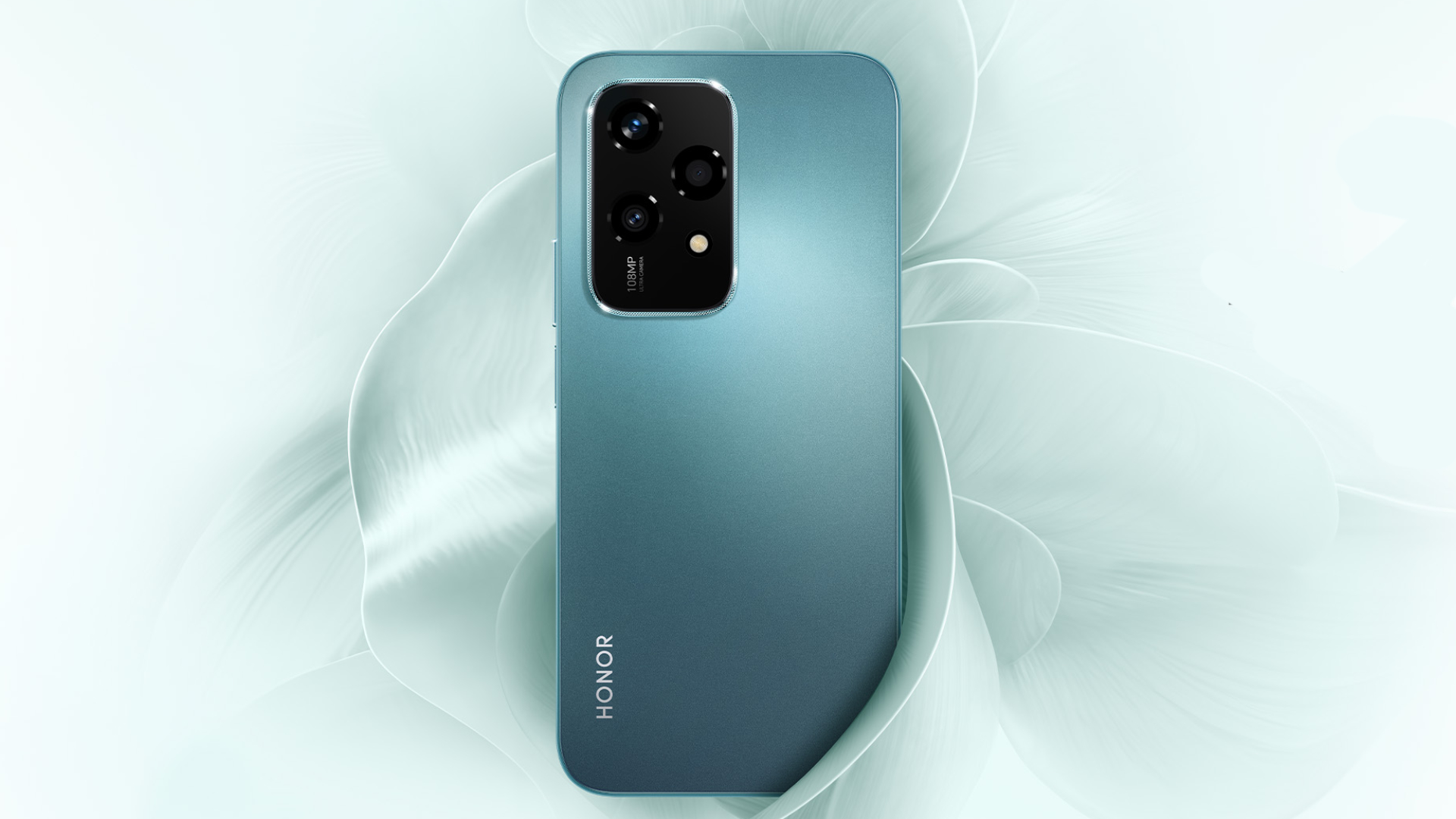
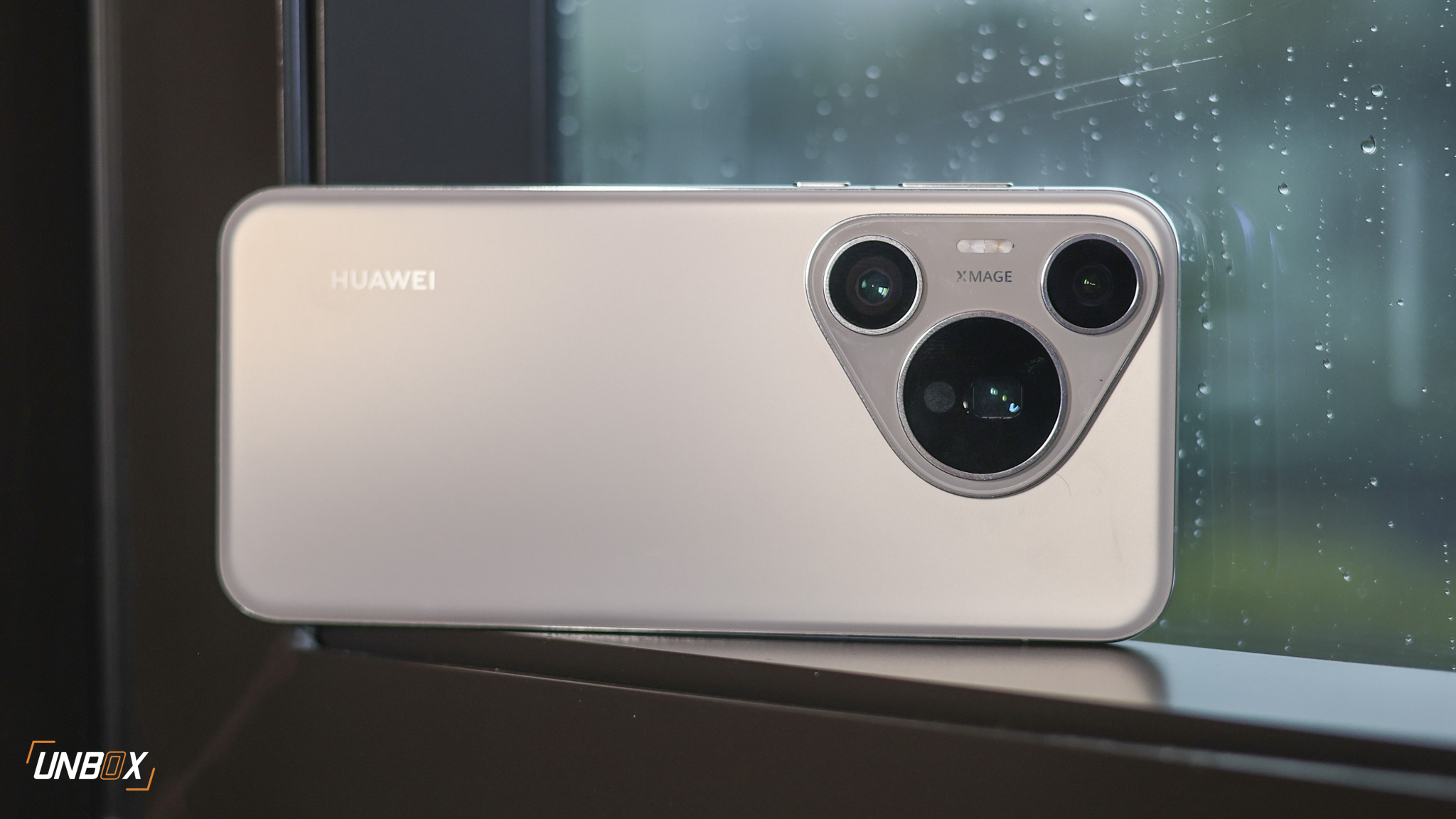
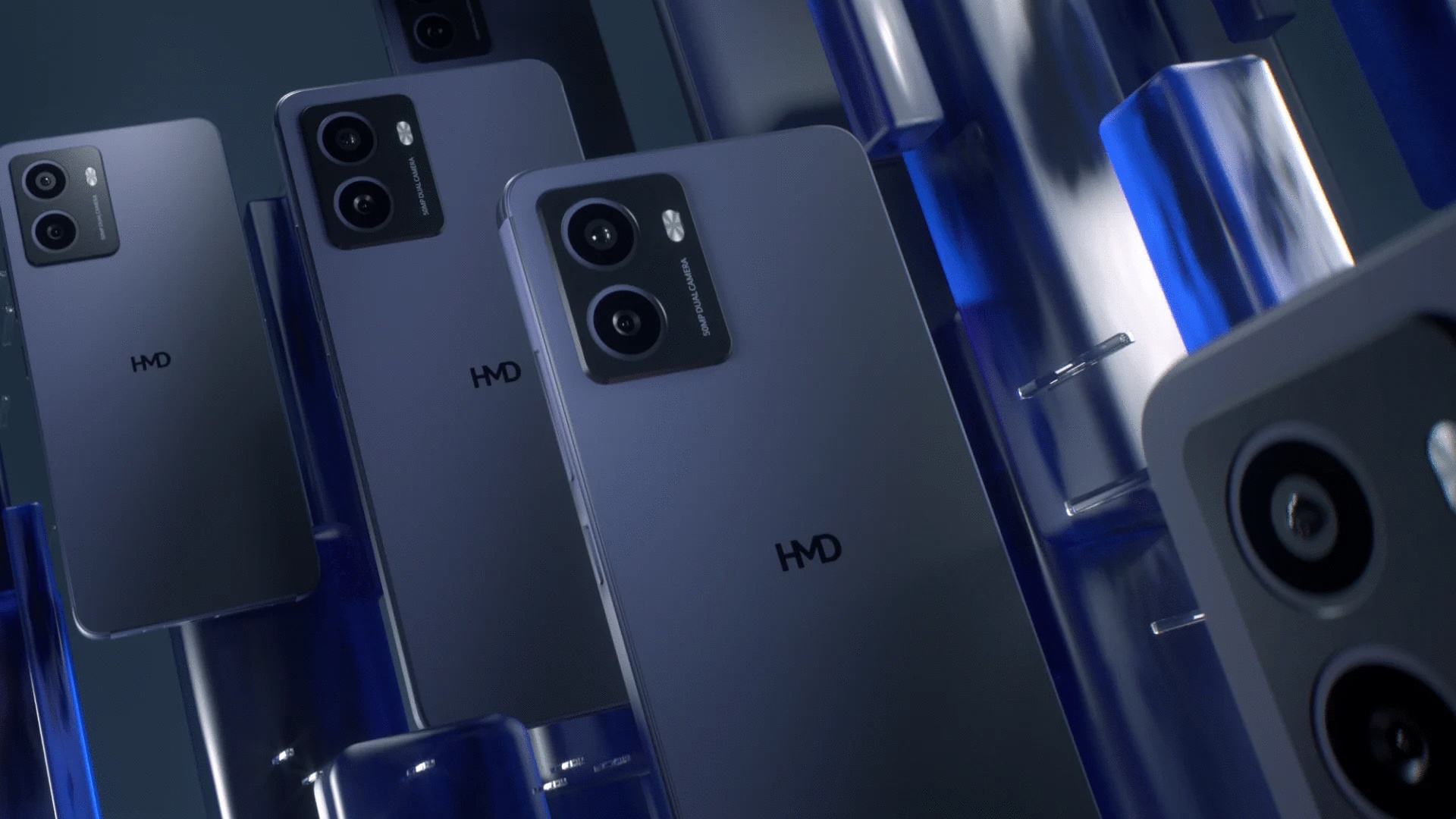
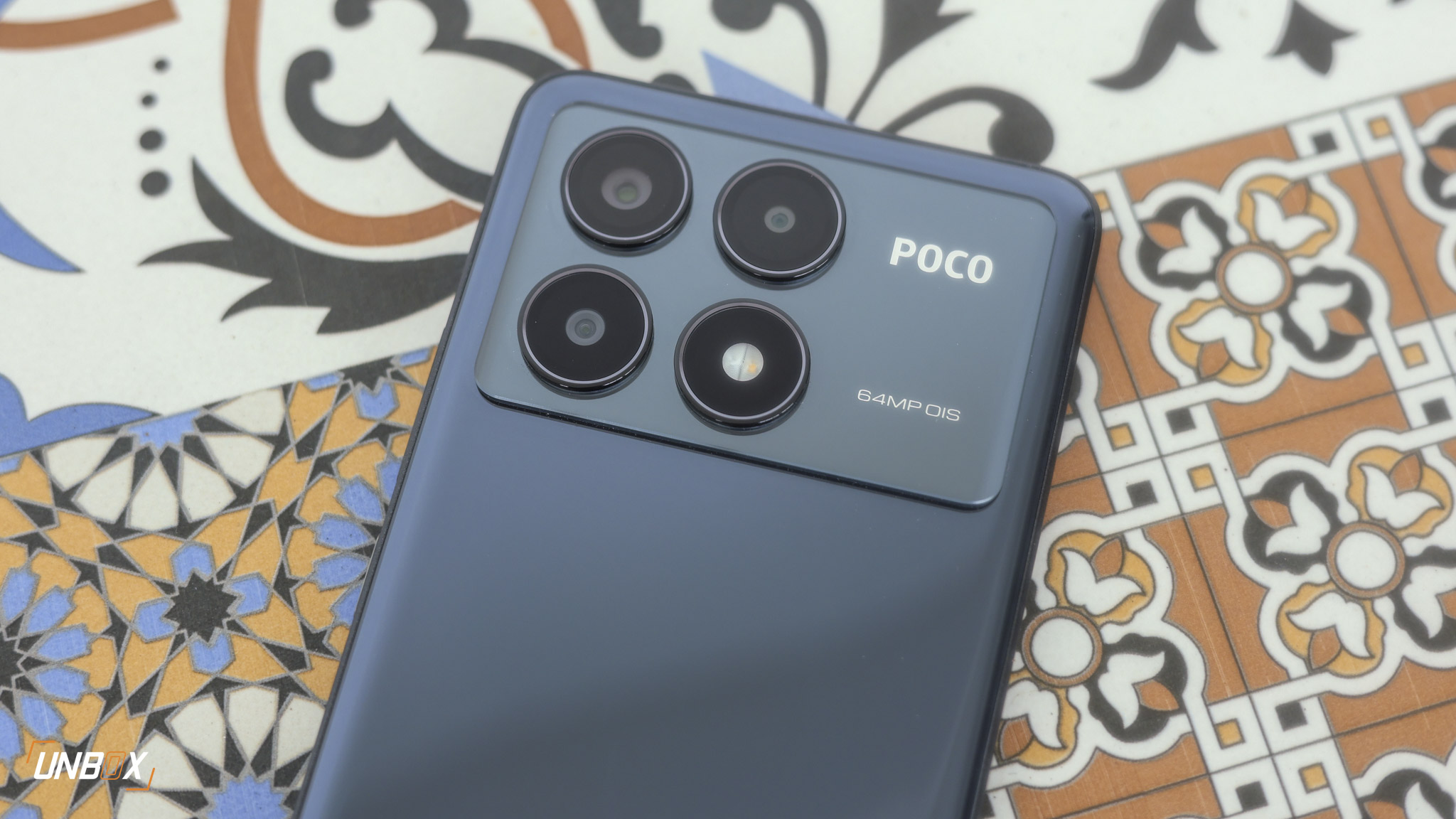
1 Comment